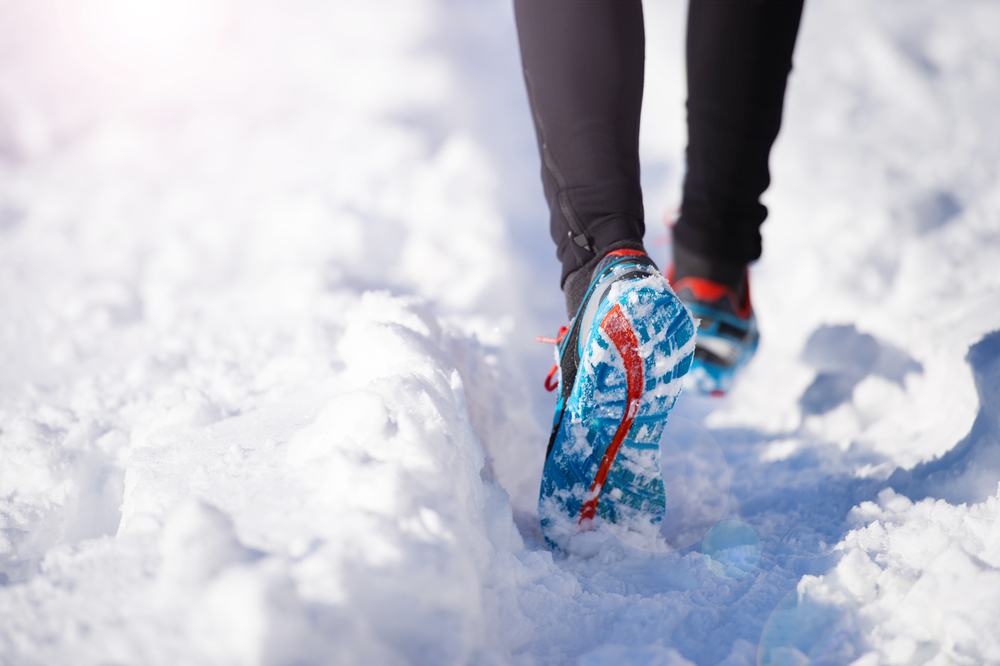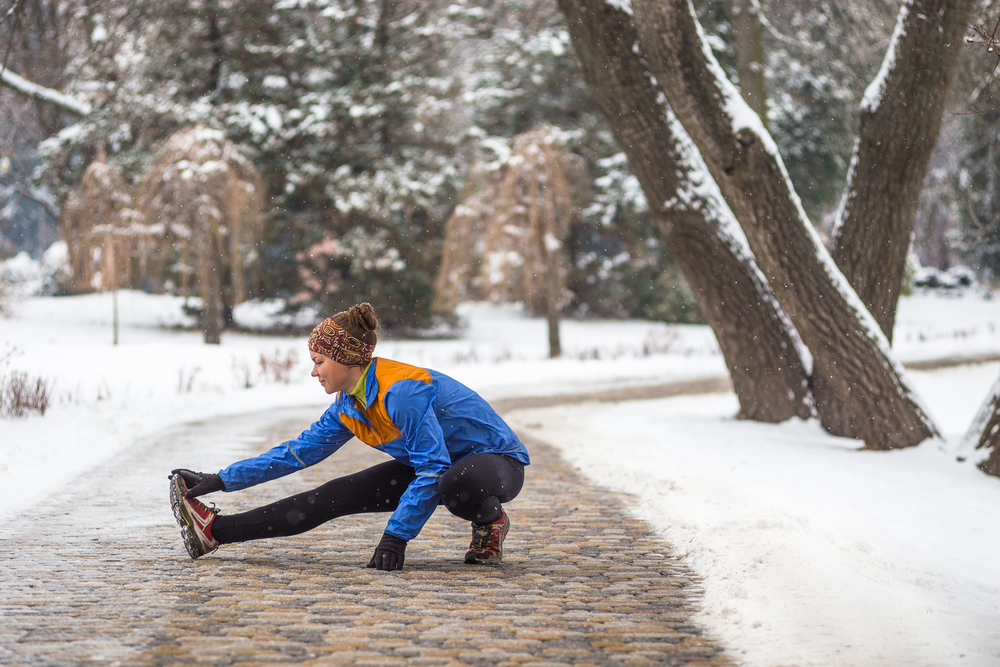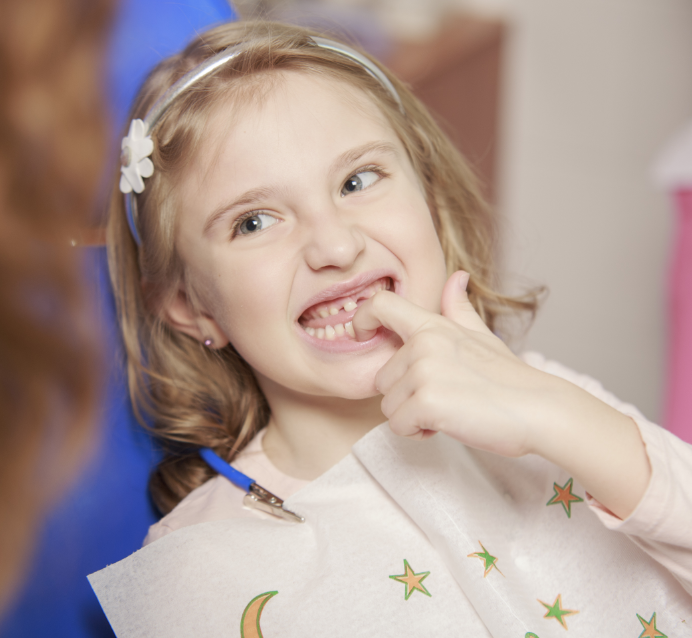Exercise is important throughout the year. We spend less time outside in winter, which is why a bit of running is a great way to switch off and give a welcome boost to both body and soul. There are a few things you should know, however, before setting off. With the help of internal medicine specialist and rheumatologist Dr Judit Pulai, we have put together some tips for those of you who love running in your free time, even during the winter months.

The basics
When it comes to exercise, different temperatures suit different people. Some people love running when it’s hot, while others prefer cold weather. Essentially, there are no boundaries when it comes to temperature, and no temperature under which you should avoid sport. Everyone should learn what’s best for them and how much their body can take.
You should, however, pay attention to the following:
- If you’re just starting running, the basic rule is to build yourself up gradually.
- If you’re asthmatic or have heart trouble, always consult a doctor when it comes to running outside in winter.
- Never forget to warm up! Warming up is important all year round, but in cold weather you need to do a longer and more thorough warm-up to protect your joints and muscles.
- You should always do some stretching at the end of your run.
- Running in the cold takes more of a toll on your body, so don’t overexert yourself, just run for as long as it feels good.

Plan carefully what to wear!
Before setting off, check the weather forecast for the temperature, wind conditions and chance of rain. When you’re running, you will feel that the temperature is 15-20 degrees warmer, so it’s a good idea to dress appropriately. Don’t dress up too warm, because when you sweat you can easily catch a cold. If you run regularly, always buy good quality, specialised running gear to help you enjoy running and avoid getting cold.
What should you wear when running?
Top half
- Inner layer: body-hugging, breathable undershirt.
- Middle layer: looser, relaxed piece, which provides good insulation and is breathable.
- Outer layer: running jacket that can cope with rain, snow, wind and the cold, and is breathable.
Bottom half
- Inner layer: Breathable, warm underwear that primarily covers the buttocks and thighs. You only need specialist winter running pants in extremely cold temperatures.
- Well-insulated and breathable running pants made from a thicker material.
Scarf
- A warm, fleece snood scarf that you can pull up to your nose so you don’t directly breathe in the cold air.
Hat, gloves
- Don’t forget that your head can catch cold, while your fingers might freeze in very cold weather.
And don’t forget water!
Even when it’s cold and you feel like you’re not sweating as much, you still need to replace lost fluids. When running, only take a sip at a time, but make sure you drink plenty of fluids and eat something nutritious afterwards.

Running makes you stronger, helps you relax and fills you with energy. If you’re feeling strong, this is a great sport for winter too. Be careful to dress appropriately, replace liquids and warm up properly. The most important thing, though, is to respect your body and not overexert yourself. If it doesn’t work out for you, try another sport or wait until spring.
- pediatrics21
- dietetics20
- RMC Dental Center15
- diet13
- internal medicine11
- dentistry9
- pediatric dentistry8
- sport7
- Dr Kinga Jókay7
- coronavirus6
- screening6
- covid6
- urology6
- obstetrics gynecology6
- prevention5
- cardiology5
- allergy5
- psychology5
- dental hygiene5
- infection4
- gastroenterology4
- menopause4
- screenings3
- Kinga Jókay M.D3
- Flu shot3
- Flu3
- women's screening3
- zsuzsanna kókai2
- Dr Nóra Gullai2
- infectious disase medicine2
- Ear-Nose-Throat2
- heat stroke2
- endocrinology2
- Dr Tímea Baló2
- allergen immunotherapy2
- Adrienne Nagy M.D.2
- Fetal Medicine Center2
- pediatric urology2
- flu season2
- meningitis2
- dermatology2
- gynecologist2
- Ophthalmologist2
- Headache Clinic2
- Dr Eszter Bodnár2
- headache2
- menopause program2
- invisalign2
- diabetology2
- cardiovascular disease1
- diabetes1
- hydration1
- hematology1
- iron1
- Imre Bodó M.D.1
- Same Day Surgery Center1
- nutritional disorder1
- lyme disease1
- gynecologic oncology surgery1
- first trimester screening1
Any questions before booking an appointment?
If you are unsure which doctor to see or what examination you require, we are here to help!
Simply request a free callback from one of our colleagues, who will help you find the right specialist based on your specific issue.





